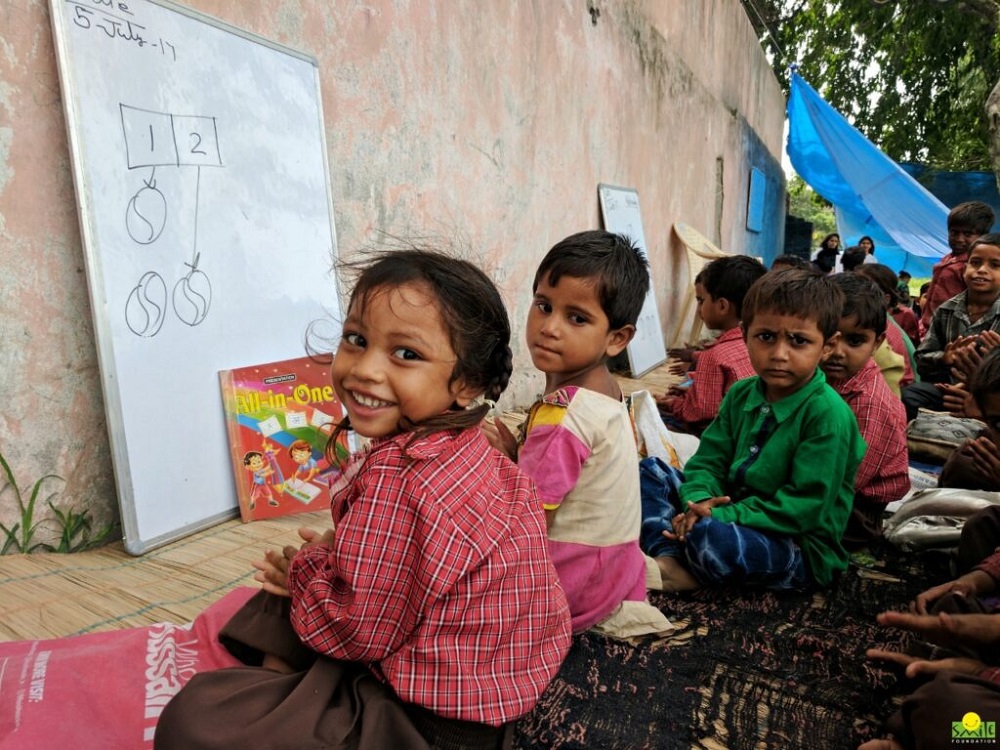Education is a powerful tool that has the potential to break the cycle of poverty. It also has the potential to empower individuals for a brighter future. But, underprivileged children often face significant inequities in accessing quality education.
This blog of Fikrah focuses on the importance of addressing education inequities. It also sheds light on the challenges faced by underprivileged children. It also presents potential solutions to empower them for a brighter future.
Importance of Addressing Education Inequities:
Education is a fundamental right. That should be accessible to all children. Quality education imparts knowledge. But it also fosters critical thinking skills, creativity, and personal growth. For underprivileged children, addressing education inequities is essential. To provide equal opportunities and leveling the playing field. Thus enabling them to overcome socioeconomic barriers and pursue their dreams.
Challenges Faced:
Underprivileged children encounter many challenges in accessing quality education. Financial constraints limit their access to resources, including educational materials and technology. Inadequate infrastructure and overcrowded classrooms further hinder their learning experiences. Additionally, socio-cultural biases and discriminatory practices contribute to exclusion and unequal treatment.
Solutions:
To address education inequities, concerted efforts are required from various stakeholders. Here are some potential solutions:
- Equal Access:
Ensuring equal access to quality education by providing scholarships, grants, and financial help programs can reduce financial barriers for underprivileged children. Investment in school infrastructure and resources is essential. To create an inclusive learning environment.
- Teacher Training and Support:
Enhancing teacher training programs with a focus on culturally responsive teaching and inclusive pedagogical approaches can better meet the diverse needs of underprivileged children. Ongoing professional development and mentorship programs can further support teachers in providing quality education.
- Technology Integration:
Embracing technology and providing access to digital resources can bridge the digital divide and expand learning opportunities for underprivileged children. Efforts should be made to ensure affordable internet access and technological devices.
- Community Engagement:
Collaborating with communities, parents, and local organizations can foster a supportive educational ecosystem. Community-based initiatives, such as after-school programs and mentoring, can provide extra support and guidance.
Conclusion:
Addressing education inequities is crucial for empowering underprivileged children and ensuring a brighter future. By equalizing access, providing adequate resources, enhancing teacher training, integrating technology, and fostering community engagement, we can create a more inclusive educational system. Together, let us work towards a society where every child, regardless of their background, has equal opportunities to thrive and realize their full potential through quality education.
Click here to know more about “Child Education – The only way out of generational poverty”

